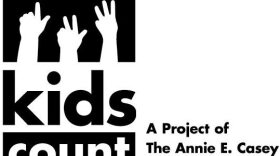For the first time since the start of the recession, child poverty has decreased in Colorado. The child poverty rate in 2013 was 16.9 percent, down from 18.5 percent just the year before. That represents about 17,000 fewer children living in poverty, according to data released Thursday from the U.S. Census Bureau.
President and CEO of the Colorado Children's Campaign Chris Watney said the decrease in the childhood poverty rate is directly tied to more economic opportunities for families.

"We do see a decrease in unemployment rate in Colorado in the data and we've seen Colorado's median household income rose for the second year in a row, and so that's having a huge impact on children who are living in those families," she said.
In 2013, the median household income in Colorado was $58,823, up from $57,430 in 2012, a statistically significant change. The federal poverty level in 2013 was an annual income of $23,550 for a family of four.

Poverty rates among children of color are still about 3 times higher than white children.
The rate for Hispanic children was 29 percent in 2013, down from 31 percent in 2012. The rate among black children was 33 percent, down from 41 percent in 2012. The poverty rate for white children fell to 9 percent from 10 percent in 2012.

Watney said the long-term trend in health coverage for children is still positive. The percent of Colorado children who are uninsured fell slightly between 2012 and 2013, but not enough to be statistically significant. However, the percentage of children who were uninsured in 2013, 8.2 percent compared to the 9.4 percent who were uninsured in 2011 shows a statistically significant change.
Watney said the poverty rate for all Colorado children is still almost 7 percent higher than it was in 2000, before the recession.





